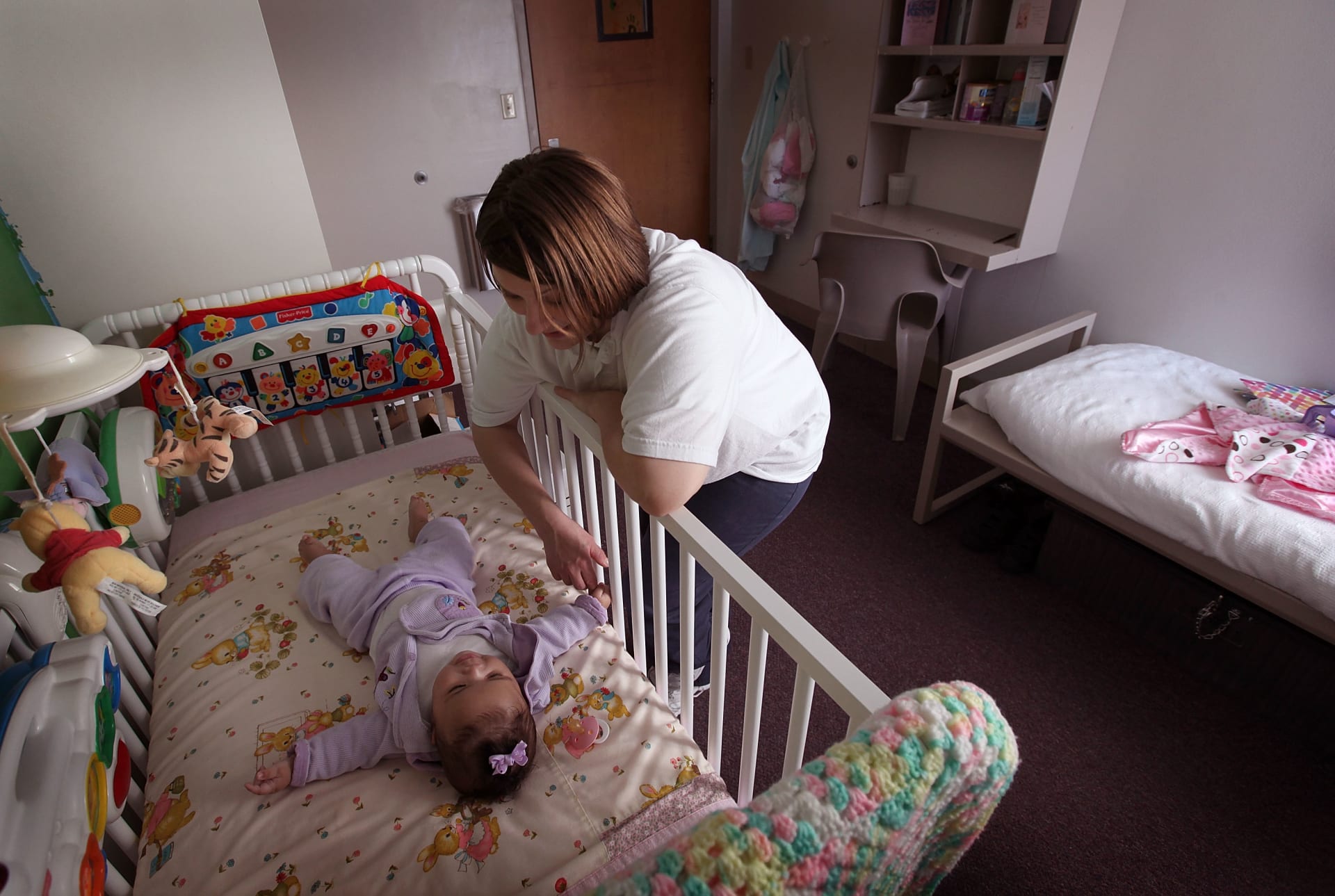دبي، الإمارات العربية المتحدة (CNN) -- ربطت دراسة جديدة النوم في وقت متأخر بزيادة خطر الإصابة بالسمنة لدى الأطفال، على الرغم من أن الباحثين يقولون بأنه لا ينبغي على الآباء أن يندفعوا إلى وضع أطفالهم الذين في مرحلة ما قبل المدرسة بالسرير، في وقت مبكر نتيجة لذلك.
وقال الدكتور كلود ماركوس، أستاذ طب الأطفال في معهد كارولنسكا في السويد ومؤلف الدراسة التي نُشرت في مجلة طب الأطفال، إنه بدلاً من ذلك، يجب على الأمهات والآباء المعنيين التركيز على الحفاظ على روتين منتظم حين يتعلق الأمر بجدولة الوجبات وأوقات النوم.
وركّز البحث، الذي كان جزءاً من دراسة واسعة النطاق حول السمنة، على 107 أطفال في السويد، من ضمنهم 64 طفلاً لديهم والد مصنَّف على أنه يعاني من زيادة الوزن أو السمنة.
وراقب الباحثون وزن كل طفل وطوله ومحيط الخصر من عمر 1 إلى 6 سنوات. وكانت قياسات جميع الأطفال مماثلة عند بدء الدراسة، وقد تم قياس النوم لسبعة أيام متتالية مرة واحدة في السنة طيلة مدة الدراسة، باستخدام وحدة قياس توضع على معصم الطفل.
ووجدوا أن الأطفال الذين ذهبوا عادة للنوم بوقت متأخر، حدده الباحثون بالساعة التاسعة مساءً، كان لديهم خصراً أوسع ومؤشر كتلة الجسم أعلى في نهاية الدراسة.
وقال ماركوس: "كان وقت النوم المتأخر أحد العوامل البارزة والمرتبطة بزيادة الوزن. ولكن ما يمكننا رؤيته هو ارتباط فقط. فهل سيتغيّر ذلك إذا وضعت أطفالك في الفراش في وقت مبكر؟ هذا شيء لا نعرفه".
واقترح ماركوس أن بقاء الطفل مستيقظاً بعد الساعة 9 مساءً، يمكن أن يكون علامة على نمط الحياة الكلي الذي يعرض الأطفال لخطر زيادة الوزن، أكثر من زيادة الوزن المرتبطة مباشرة بنومهم.
وأشار إلى اختلاف أوقات نوم الأطفال في جميع أنحاء العالم بشكل كبير. وقال: "فرضيتي الشخصية هي أن هذه علامة على حياة غير منتظمة".
وفي تعليق مرتبط بالبحث، قالت الدكتورة نيكول جلاسر والدكتور دينيس شتاين، وهما أخصائيا الغدد الصماء عند الأطفال في جامعة كاليفورنيا (دافيس)، إنه من المحتمل أن تكون السمنة وعدم النوم الكافي بسبب تأثيرات أخرى، مثل "الاستخدام المفرط للشاشات، أو عدم ممارسة التمارين بشكل كاف، أو غيرها".
ومع ذلك، أضافا أنه من الممكن وجود رابط جسدي، وذلك لأن بعض مناطق الدماغ المشاركة في تنظيم دورات النوم والاستيقاظ تتحكم أيضاً بسلوكيات تناول الطعام والصيام.
وكتب جلاسر وشتاين، الذين لم يشاركا في البحث: "لذلك يتشابك تنظيم النوم ووزن الجسم بشكل معقد على عدة مستويات".
وكان أحد القيود الرئيسية لهذه الدراسة هو قلة عدد الأطفال المشاركين. ولكن، كان الباحثون لديهم القدرة على قياس خصائص النوم بشكل موضوعي من خلال متتبع المعصم، بدلاً من الاعتماد على المعلومات التي ينقلها الوالدان والأطفال، وهو أمر قال ماركوس إنه غالباً ما لا يعول عليه.
ووجدت الأبحاث السابقة أن مدة النوم القصيرة ترتبط بزيادة خطر الإصابة بالسمنة في مرحلة الطفولة. ومع ذلك، وجدت الدراسة التي أجراها فريق ماركوس أنه بغض النظر عن المدة التي ينام فيها الطفل، فالذهاب للنوم بعد التاسعة مساءً يرتبط بزيادة السمنة وارتفاع مؤشر كتلة الجسم.
وبالنسبة للبالغين، قال ماركوس إن النوم غير المنتظم والنوم بشكل أقل يرتبطان بزيادة خطر الإصابة بالسمنة، مع بعض التلميحات إلى أن الأشخاص الذين ينامون أقل، يتناولون الطعام بشكل أكبر.
وقال ماركوس: "من الصعب إثبات العلاقة السببية. قد يكون ذلك أيضاً نتيجة للتوتر وليس النوم".
وأضاف أن الأمر ذاته ينطبق على الأطفال من ذوي الدرجات الاجتماعية والاقتصادية المختلفة، فنحن نعلم أن الأمر مرتبط بالسمنة، ولكن من الصعب للغاية تحديد الاختلافات في طريقة معيشتهم.
وقالت الدراسة إن الجهود المبذولة للوقاية من السمنة يجب أن تولي مزيداً من الاهتمام للنوم، والذي يبدو أنه متورط في تعرض الأسرة لزيادة السمنة.
